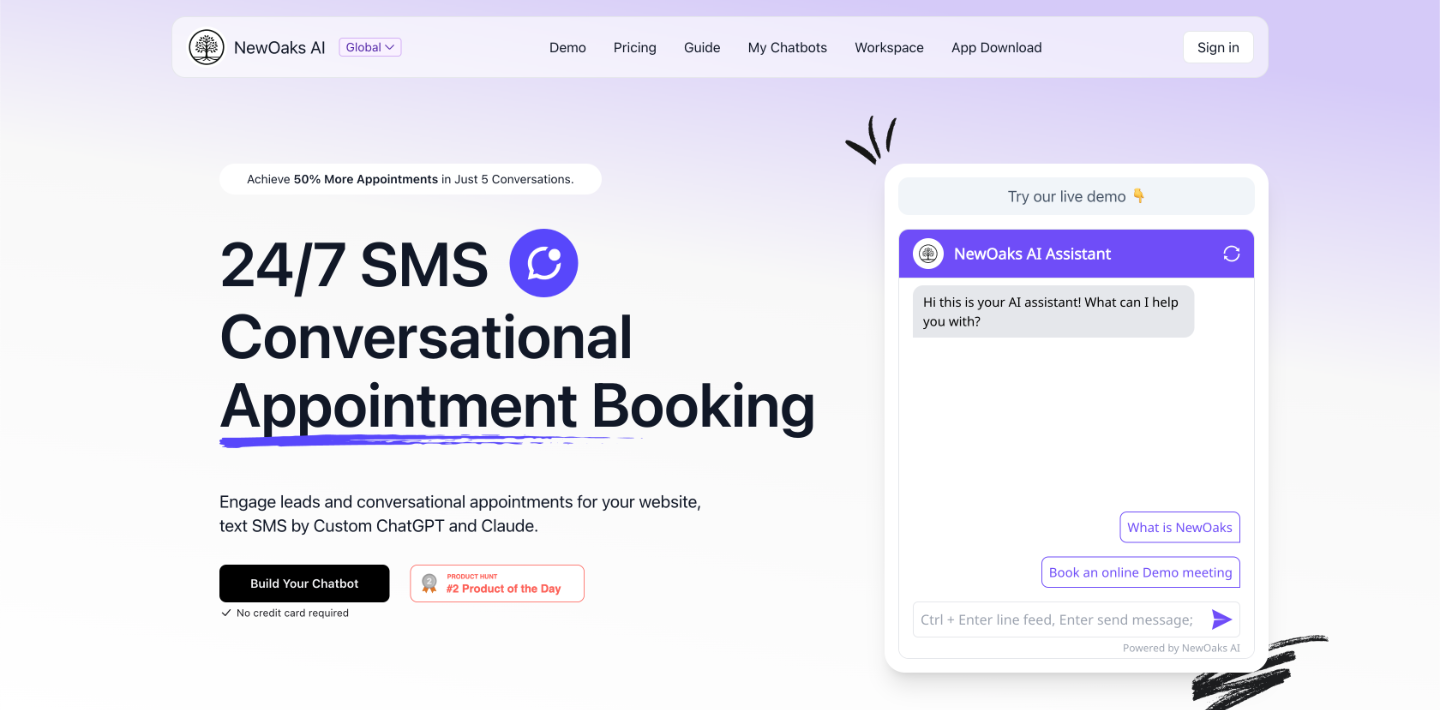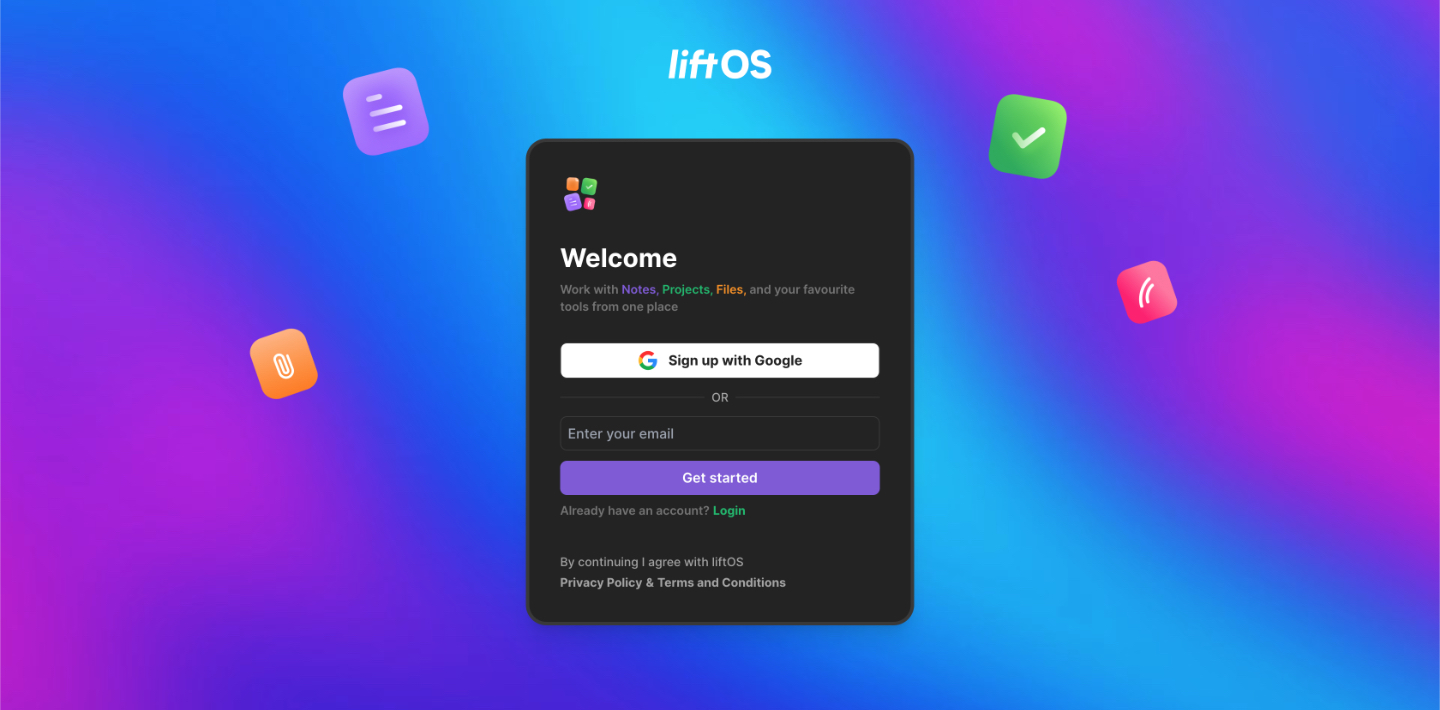
Communication is a tricky subject; while there are some hallmarks that can make you a better communicator in every conceivable medium, some forms of communication require a very different skillset and a very different approach if you want to be successful. For example, if you try to write an essay the same way you’d have an informal conversation, or vice versa, you’ll end up making a much shallower impact.
As you might expect, virtual communication requires a different skillset than face-to-face communication, and even amazing face-to-face conversationalists can struggle in a virtual environment. So what steps can you take to compensate for this, and become better at communicating virtually?
Elements of Virtual Communication
Virtual communication itself comes in many forms, such as group chat, email threads, or even a conference phone call, but they’re all distinguished from face-to-face communication in several key aspects:
- Lack of body language and facial expressions. It’s sometimes claimed that 55 percent of communication depends on body language and another 38 percent depends on tone of voice, with 7 percent depending on the actual words spoken. This isn’t quite true, but it’s certainly true that body language and facial expressions do play a major role in how we communicate. Most forms of virtual communication don’t offer us the chance to pick up on these subtle cues, which means the subtext can get lost in translation.
- Time for thought. Face-to-face conversations tend to flow more organically, with people freely making mistakes and recovering from them without much thought. But in most virtual mediums, it’s expected that you put some time and forethought into your words. And if you make a mistake in writing, it will remain there indefinitely, possibly causing confusion for hours, or even days to come.
- Technical challenges. Some virtual mediums offer technical challenges that make communicating more difficult. For example, a hiccup in your internet connection could make a video chat practically impossible. And the quality of our phone calls still leaves something to be desired (at least in most cases).
- Additional (or missing) tools. Some forms of virtual communication also offer additional tools that you may not be familiar with. For example, the ability to send hyperlinks, images, or emojis in a text-based chat may be completely unfamiliar to someone used to face-to-face interactions. Mastering these tools, and compensating for missing in-person tools like hand gestures, can be challenging.
Skills to Master
If you want to become a better virtual communicator, these are the important skills you’ll have to master first:
- Technology makes new forms of communication possible, but it can also be extremely distracting. Similarly, off-topic tangents aren’t as natural or acceptable in a virtual environment as they are in person. If you want to be successful, you’ll need to learn how to focus on the conversation at hand, and only on the conversation at hand. Training your focus can be challenging, especially for the chronically distracted, but you can get better at it by practicing holding your attention on various topics or subjects for increasingly long periods of time, or meditating.
- Any form of virtual communication that’s logged or recorded (i.e., all of them, potentially) demands you to have more forethought before you speak or write. Mistakes are much more evident and problematic, so it’s important that you spend some extra time on your writing. Even a precursory once-over proofreading session can help you avoid some of these incidents.
- Pauses and conversational rhythm. There isn’t much of a conversational rhythm in written form, and the rhythm you’ll find in a virtual phone call can be disorganized and hard to parse—mostly because there’s a lack of body language to help you understand the proper flow. Accordingly, you’ll need to spend extra time with pauses, and pay closer attention to how the conversation is flowing.
- Intonation (and occasionally, clarification). Intonation is more important than we often give it credit for, and it’s hard to convey in many virtual forms. As a substitute, you’ll need to spend more time checking your written sentences for tone; could this be misinterpreted? Could your sarcastic attempt at humor be mistaken for a literal jab? Oftentimes, a simple edit or an additional sentence of clarification is all it takes to make things clear.
- Etiquette and medium appropriateness. Not all virtual mediums are appropriate for all circumstances. It’s not considered good form to send someone a video chat request randomly in the middle of their day, without forewarning. It’s not advisable to use email if there’s a genuine emergency that requires someone’s immediate attention, or if the subject requires a back-and-forth dialogue. Learning the nuances of etiquette and medium appropriateness can be challenging, but it’s important if you want to be successful.
If you can improve your skills in each of these five areas, you’ll be well on your way to becoming a better virtual communicator. No matter which virtual tools you have at your disposal or what kind of environment you work in, you’re well-served by incorporating these skills into your approach.















